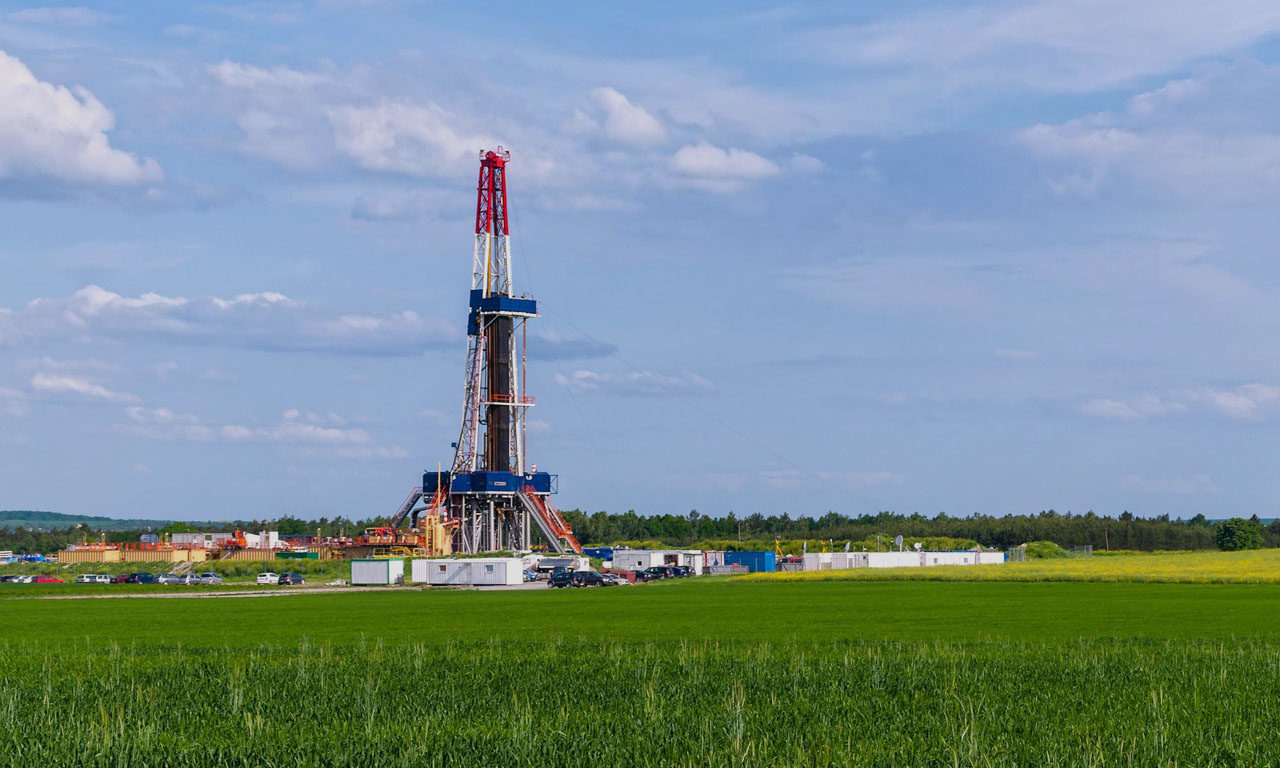TECHNOLOGICAL ADVANCEMENTS IN HORIZONTAL DRILLING

Horizontal drilling has transformed the oil and gas industry by significantly boosting production efficiency and maximizing resource recovery. Unlike traditional vertical wells, horizontal drilling extends laterally through oil and gas rich formations, exposing a greater reservoir surface area for extraction.
This advanced technique reduces surface footprint, lowers drilling costs, and enhances well productivity. With the integration of real-time geo-steering, advanced 3D seismic imaging, and precision drilling technology, operators can efficiently navigate complex underground formations to unlock substantial untapped reserves.
As a result, horizontal drilling continues to drive higher production output, increased well longevity, and greater operational efficiency in major basins such as the Permian Basin, and Bakken Shale.
INNOVATIONS IN MULTI-STAGE HYDRAULIC FRACTURING

Hydraulic fracturing, commonly known as fracking, is a game-changing technique that enhances oil and natural gas recovery from tight shale formations. This process involves injecting high-pressure water, sand, and specialized fluids into the wellbore to create fractures in rock formations, enabling hydrocarbons to flow more freely.
Advancements in multi-stage hydraulic fracturing, including smart frac designs, nano-proppants, and environmentally optimized fluid compositions, have significantly improved well performance while reducing environmental impact. These innovations lead to higher daily production rates, optimized reservoir drainage, and increased operational cost efficiency.
As fracking technology continues to evolve, energy companies are unlocking vast reserves in regions like the Permian Basin, and Williston Basin Shale, further solidifying hydraulic fracturing as a cornerstone of modern oil and gas production.

